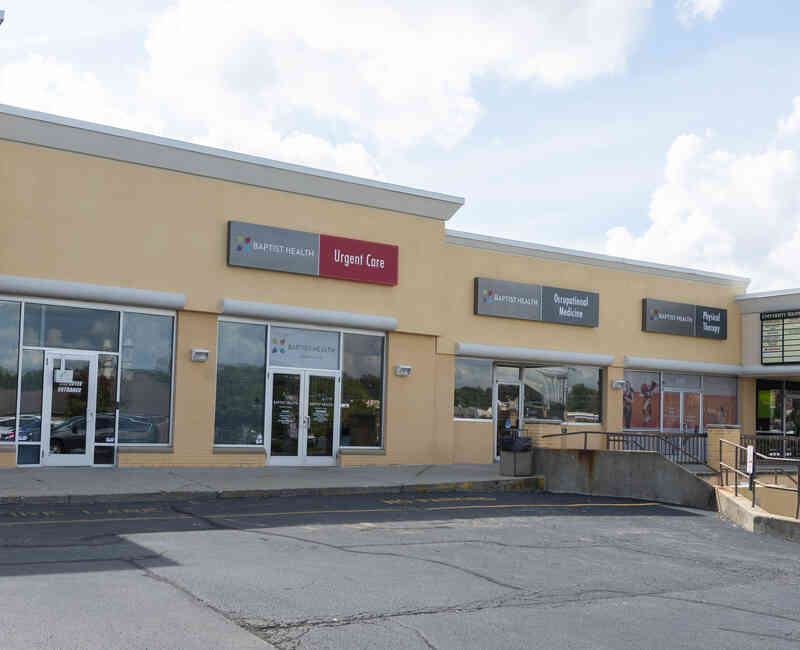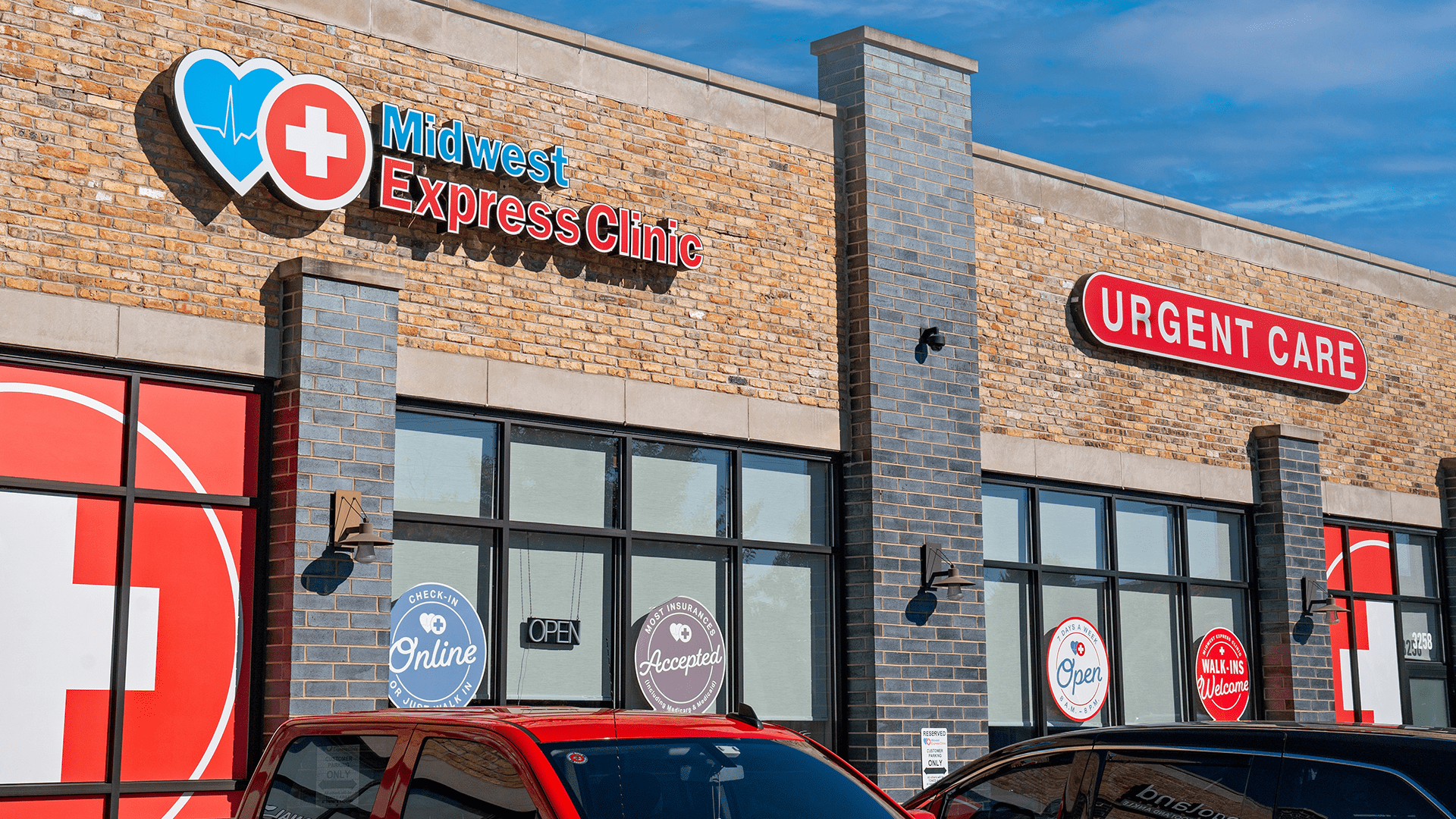The Ultimate Overview to Recognizing Urgent Care Clinics
The Ultimate Overview to Recognizing Urgent Care Clinics
Blog Article
Understanding the Role of Urgent Care in Offering Timely Treatment for Non-Life-Threatening Problems
Immediate care facilities have emerged as a vital element of the healthcare landscape, attending to the immediate requirements of patients with non-life-threatening conditions. Recognizing the nuances of urgent treatment could substantially impact individual end results and the overall effectiveness of medical care delivery.
What Is Urgent Treatment?
Immediate care refers to a group of clinical services developed to resolve non-life-threatening conditions that need prompt attention. These facilities serve as an intermediary in between medical care doctors and emergency situation rooms, providing a practical alternative for patients who need timely treatment without the considerable waiting times normally connected with emergency departments.
Urgent care centers are commonly staffed by clinical professionals, including physicians, nurse practitioners, and doctor aides, that are trained to diagnose and treat a wide variety of problems. Common services provided by these centers consist of therapy for small injuries, illnesses, and infections, as well as diagnostic examinations such as X-rays and research laboratory job.
The accessibility of immediate treatment is an essential element in its appeal, as several centers operate past normal office hours, including nights and weekend breaks. This prolonged accessibility allows people to get timely treatment when their main treatment copyright might not come. In addition, urgent treatment centers usually accept walk-in patients, getting rid of the need for visits. Overall, immediate care plays a crucial role in the healthcare system, ensuring individuals can access vital clinical services immediately and efficiently.

Several individuals might discover themselves uncertain concerning when to look for care at an immediate care facility rather than a key care doctor or an emergency clinic. Urgent care is made to attend to non-life-threatening problems that need punctual attention however are not extreme enough to necessitate an emergency clinic visit.
Normally, one should think about immediate look after problems such as small fractures, sprains, cuts needing stitches, or infections like urinary system tract infections. Furthermore, cool or influenza symptoms, breakouts, and allergies can also be properly taken care of in this setup.
It is essential to keep in mind that immediate treatment is not suitable for serious emergency situations, such as upper body pain, difficulty breathing, or serious blood loss, which demand prompt emergency room intervention.
People that do not have accessibility to a key treatment physician or can not secure a timely visit may likewise benefit from urgent care services. Eventually, comprehending when to make use of urgent care can cause much more reliable medical care distribution, permitting people to obtain the appropriate level of treatment based on their details health demands.
Advantages of Urgent Treatment Centers
Picking urgent care facilities for non-life-threatening conditions provides numerous benefits that boost client experience and accessibility. One main benefit is the decreased wait times compared to traditional emergency situation areas. Immediate care facilities typically operate a first-come, first-served basis, permitting individuals to get timely clinical interest without the long delays often related to hospital setups.
Furthermore, urgent treatment centers provide extensive hours, consisting of weekends and evenings, suiting clients with varying routines. This flexibility ensures that people can seek treatment when it is most convenient for them, better advertising timely treatment.

Moreover, these centers frequently offer a comprehensive variety of solutions, including analysis examinations and minor treatments, all under one roofing system. This combination of solutions not just improves the person experience however also cultivates a much more cohesive technique to handling non-life-threatening wellness problems, ultimately profiting overall individual outcomes.
Common Problems Dealt With
At urgent care facilities, a variety of non-life-threatening problems can be properly treated, supplying patients with easily accessible and prompt clinical assistance. These facilities are specifically adept at dealing with concerns that call for prompt interest however do not posture an immediate danger to life or arm or leg.
Common conditions treated at immediate treatment facilities include minor injuries such as pressures, strains, and cracks. Immediate treatment centers are outfitted to do essential analysis examinations, such as X-rays and laboratory tests, enabling them to offer detailed care.
Furthermore, immediate treatment carriers can provide vaccinations, helping to stop the spread of contagious diseases - Urgent Care. They additionally provide services for small procedures, such as suturing injuries or draining pipes abscesses. By offering these varied services, immediate care centers play an essential function in linking the space between health care and emergency situation services, ensuring individuals receive prompt treatment for a this article wide variety of conditions without the requirement for long delay times generally linked with emergency areas
Exactly How Urgent Treatment Sustains Medical Care System
Urgent treatment centers play a vital role in sustaining the overall health care system by alleviating the problem on emergency situation departments and giving timely access to clinical care for non-life-threatening conditions. By taking care of cases such as small injuries, infections, and ailments, urgent treatment centers allow emergency divisions to concentrate on more important people requiring instant attention.
Furthermore, urgent care facilities boost medical care availability, providing prolonged hours and an easier choice to traditional health care settings. This access is especially helpful for patients who may not have a regular doctor or who need instant therapy beyond regular workplace hours. Because of this, immediate treatment facilities effectively reduce wait times and improve client fulfillment.
In addition, immediate care centers add to set you back financial savings for both people and the medical care system by giving lower-cost solutions contrasted to emergency situation departments. This financial efficiency is important in an era of rising medical care prices, permitting individuals to get required care without sustaining exorbitant expenditures.
Verdict
Finally, urgent care facilities play an essential function in the health care system by delivering punctual therapy for non-life-threatening conditions. By bridging the void between medical care and emergency situation rooms, these centers make sure that individuals page receive prompt medical attention without the extensive wait times generally linked with emergency situation divisions. The ease of access and efficiency of urgent care facilities contribute considerably to minimizing the overall worry on health care sources, improving patient end results, and promoting an extra effective medical care delivery system.
Immediate care facilities have emerged as a vital element of the medical care landscape, visit this page attending to the prompt requirements of people with non-life-threatening conditions. Immediate care sees generally sustain lower out-of-pocket expenses contrasted to emergency situation division check outs, making care more affordable for individuals without endangering quality. Immediate treatment centers are geared up to execute necessary diagnostic examinations, such as X-rays and research laboratory tests, enabling them to give comprehensive care.
By using these varied solutions, urgent care centers play a crucial duty in bridging the gap between main treatment and emergency situation solutions, ensuring clients get prompt therapy for a wide range of conditions without the requirement for lengthy delay times commonly associated with emergency rooms.
Furthermore, urgent care centers improve health care availability, supplying extensive hours and a more convenient alternative to conventional primary care settings.
Report this page